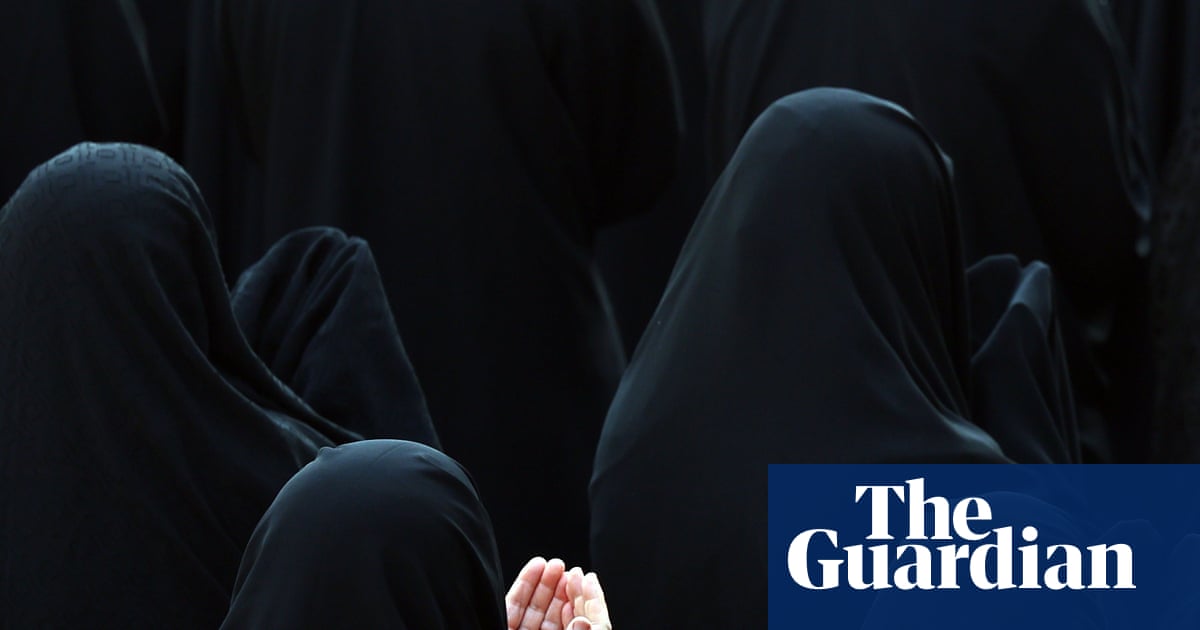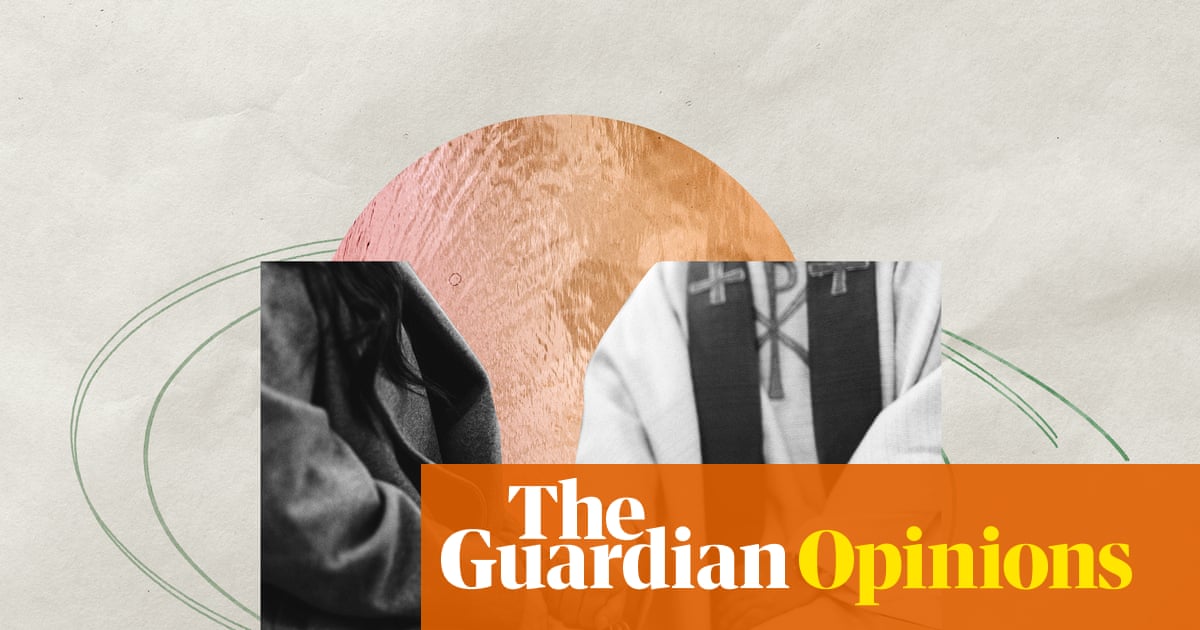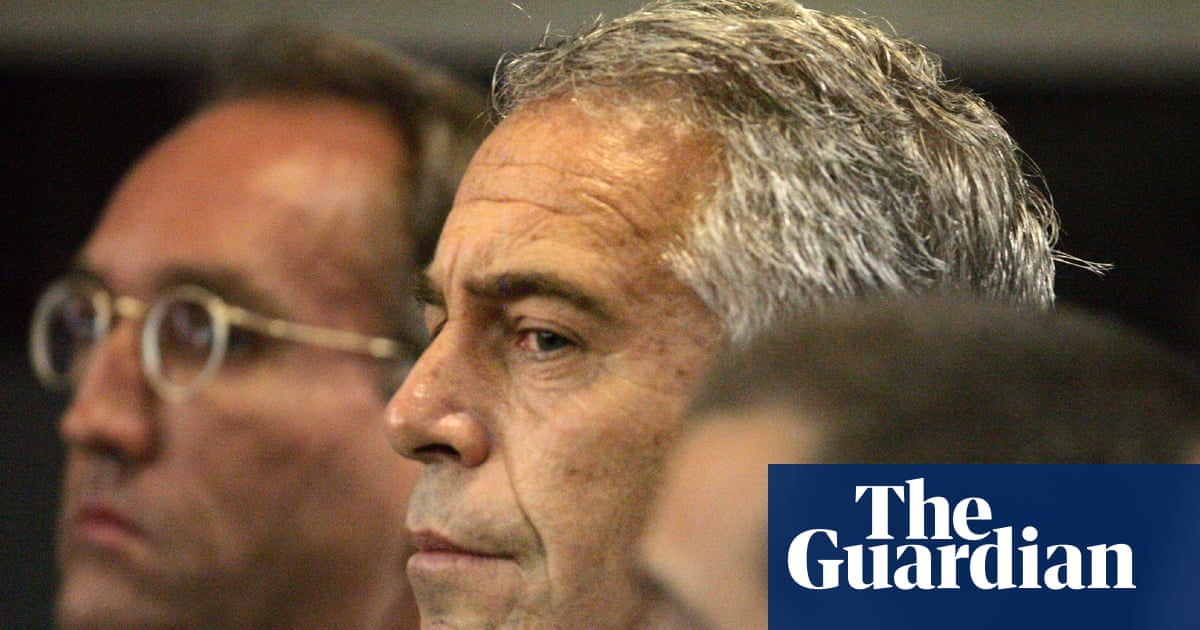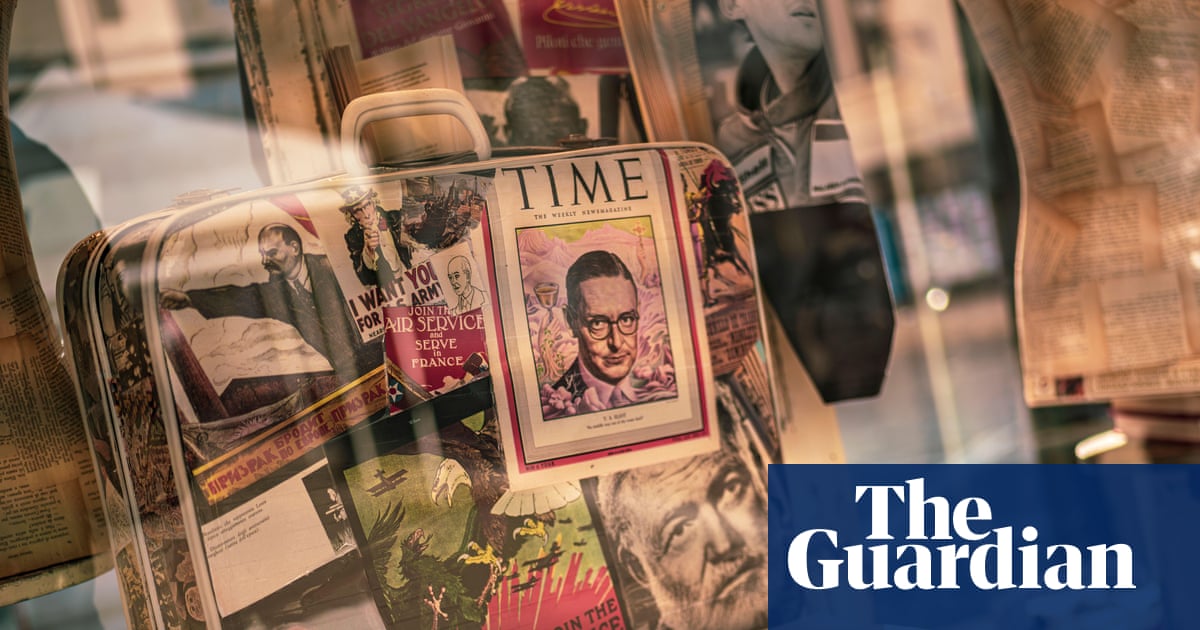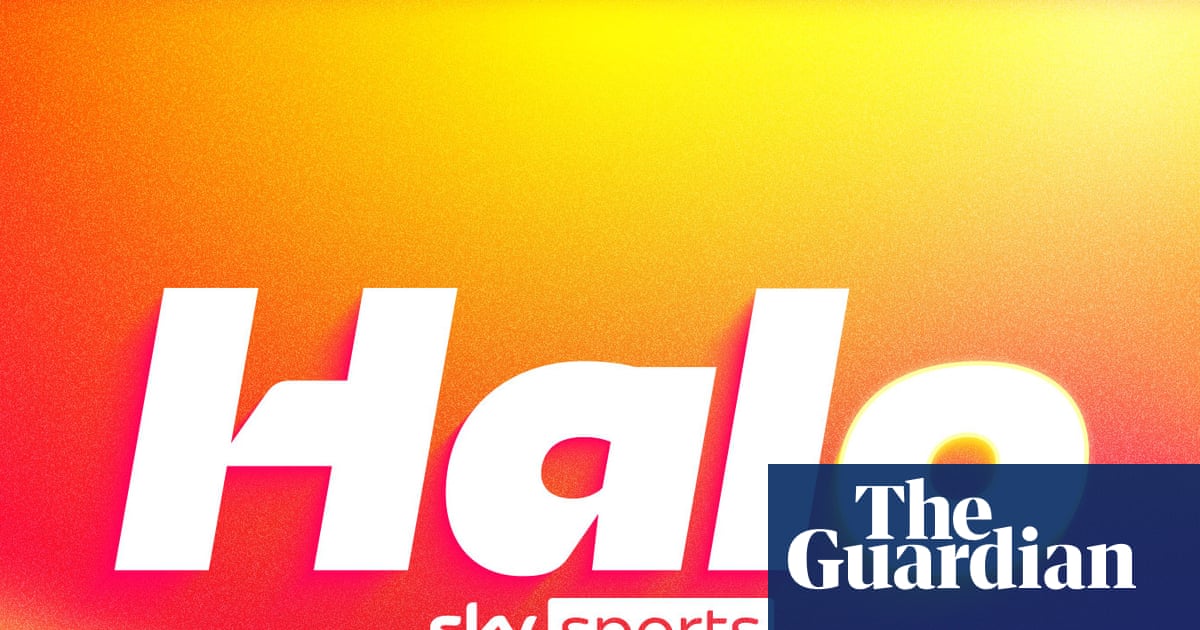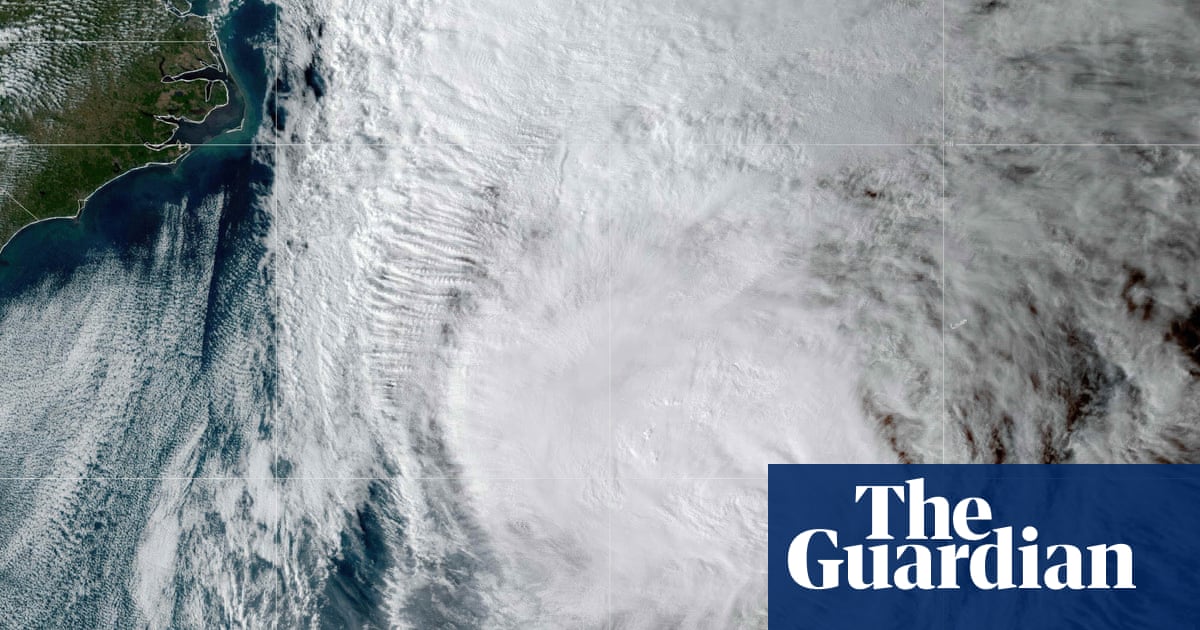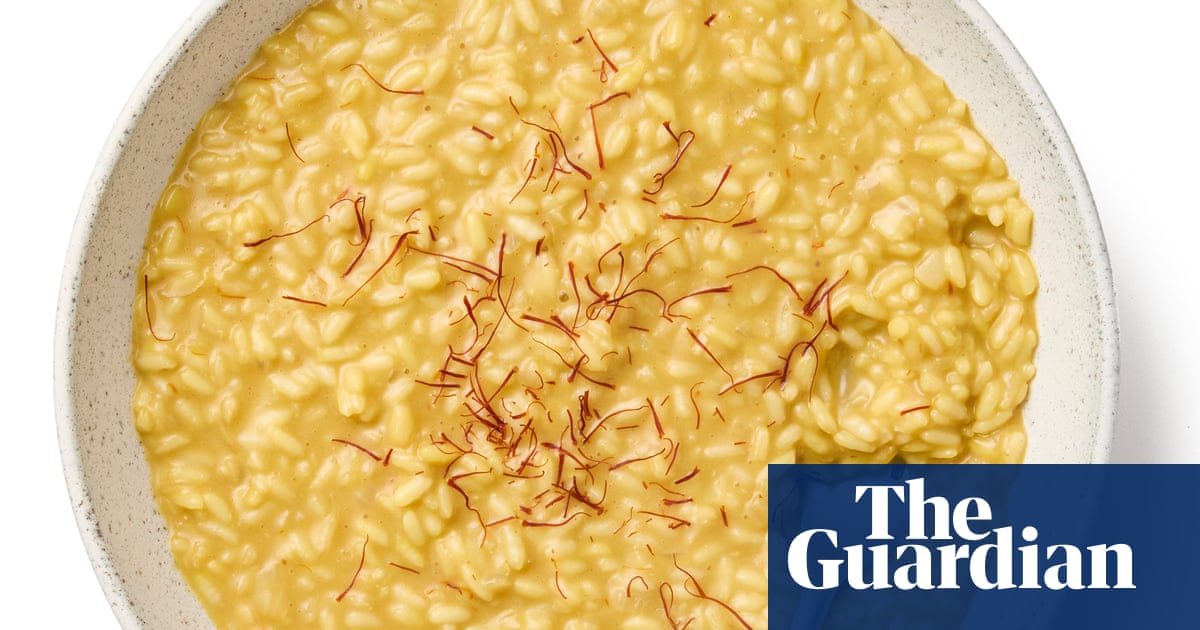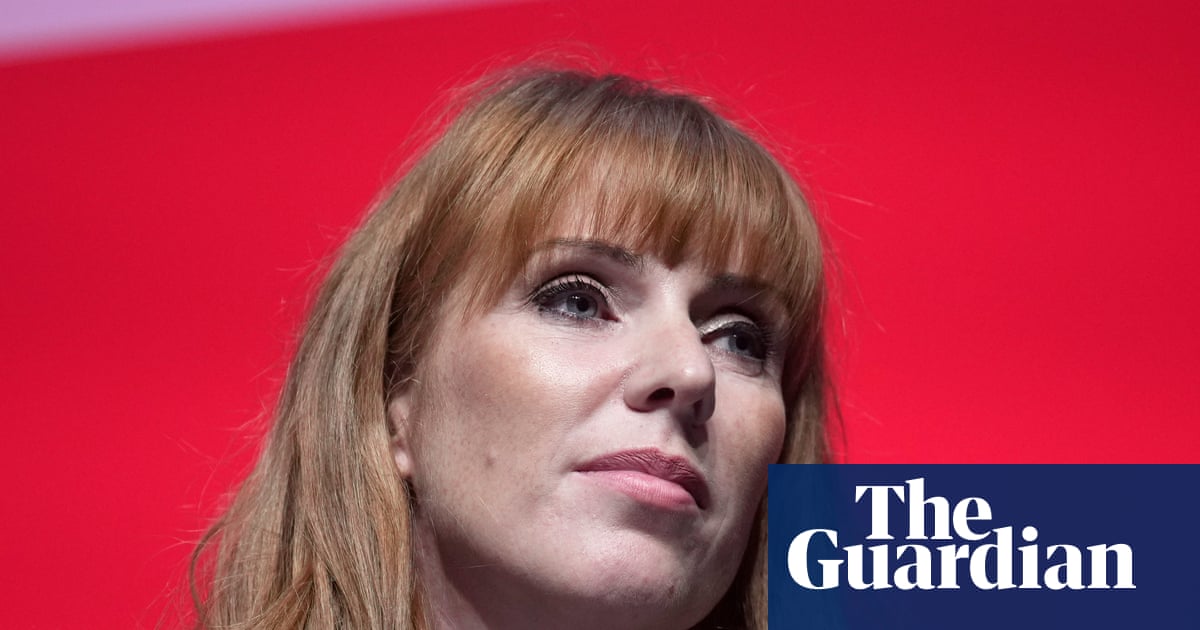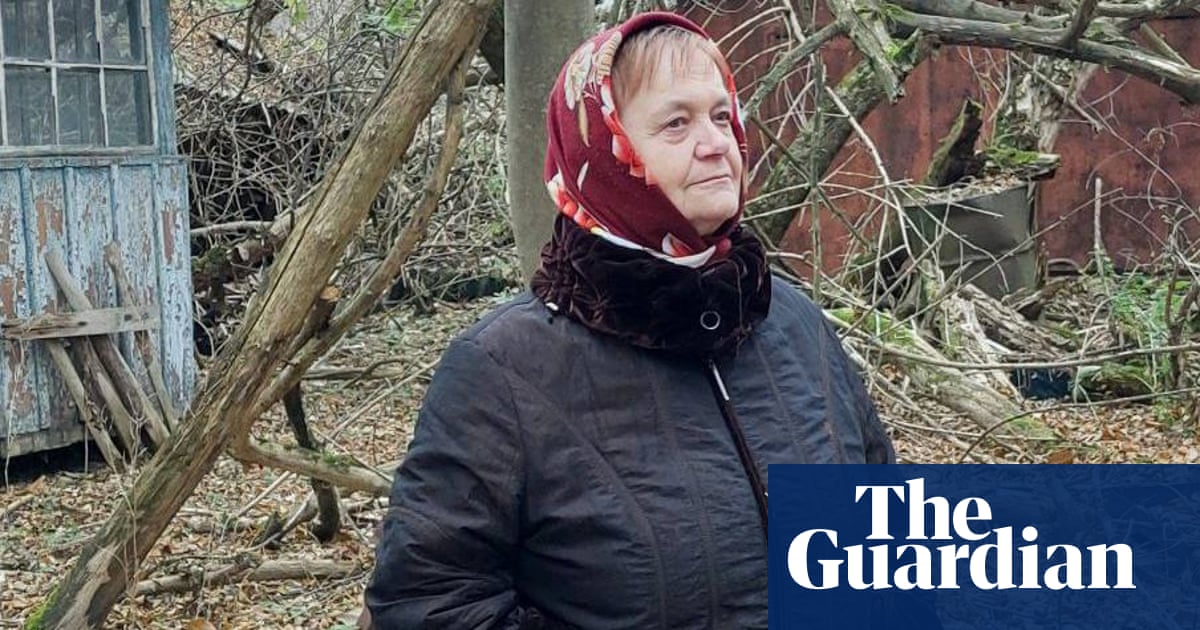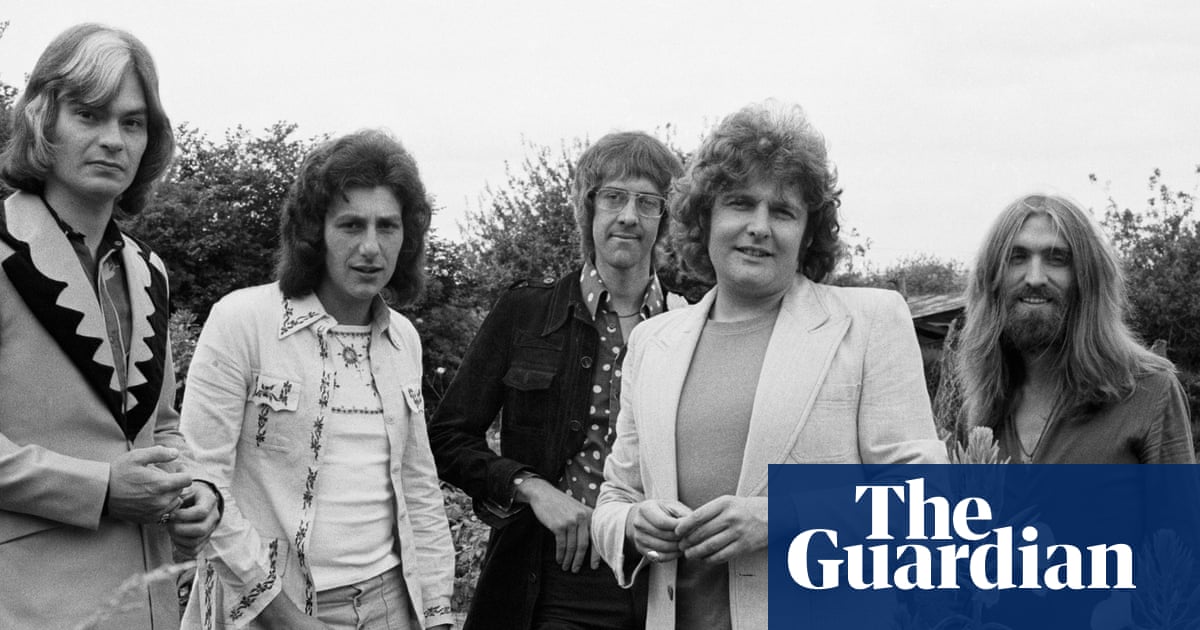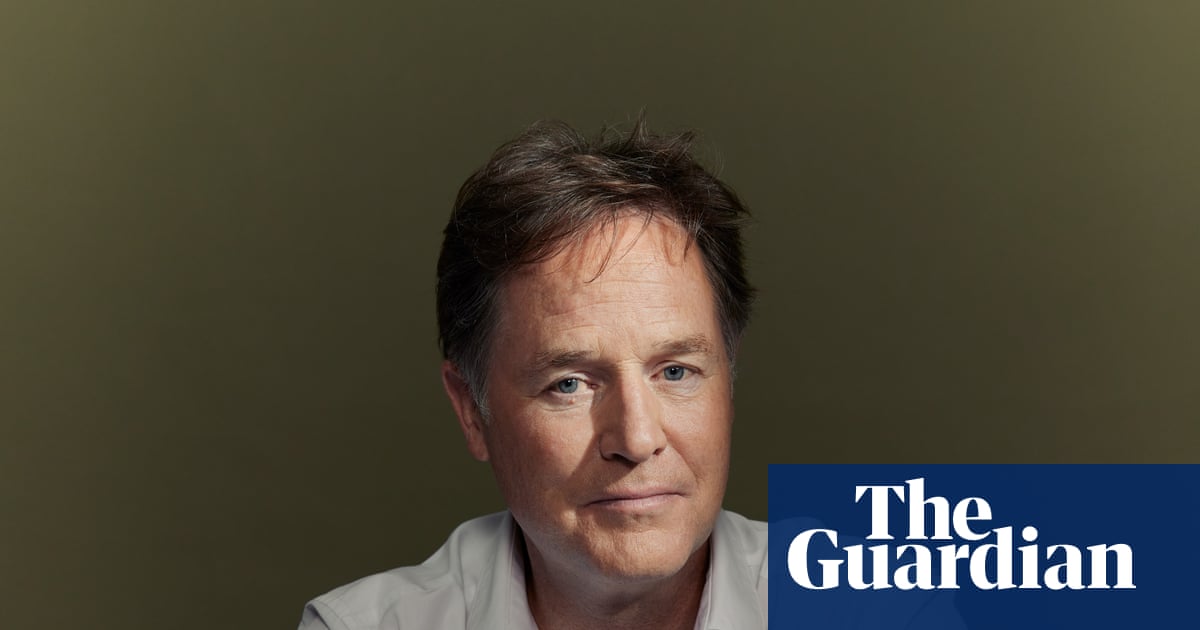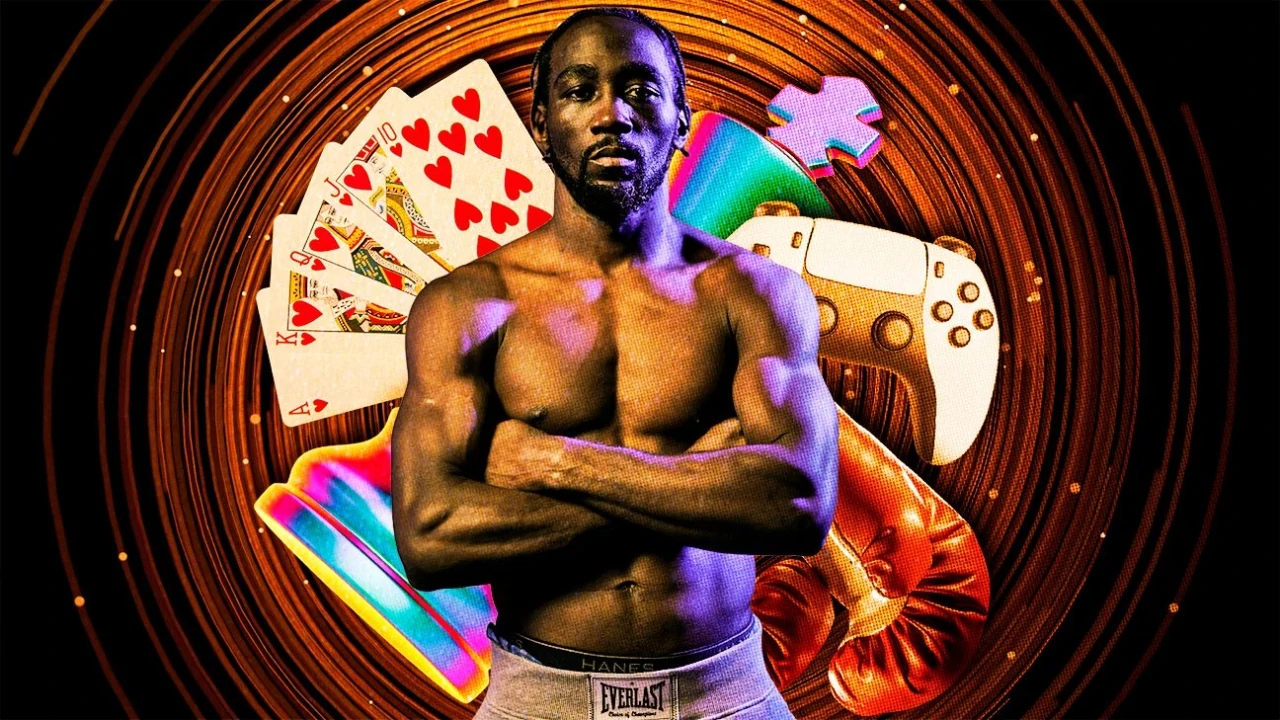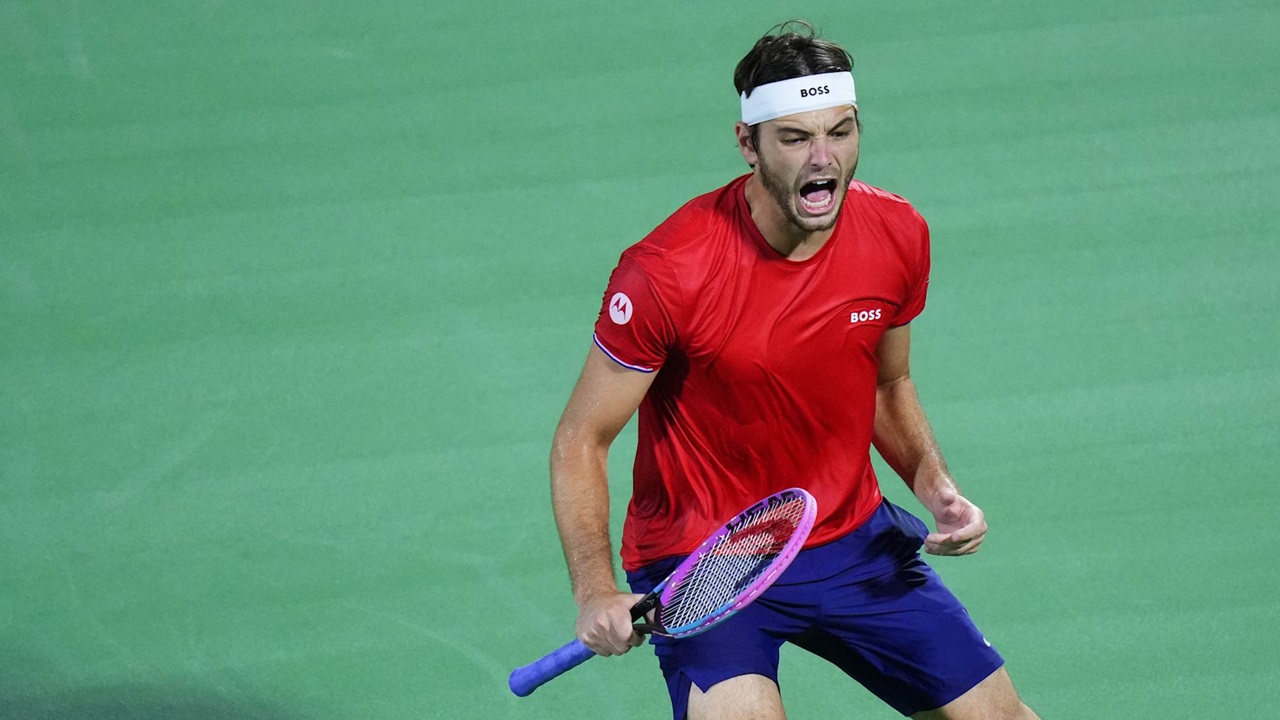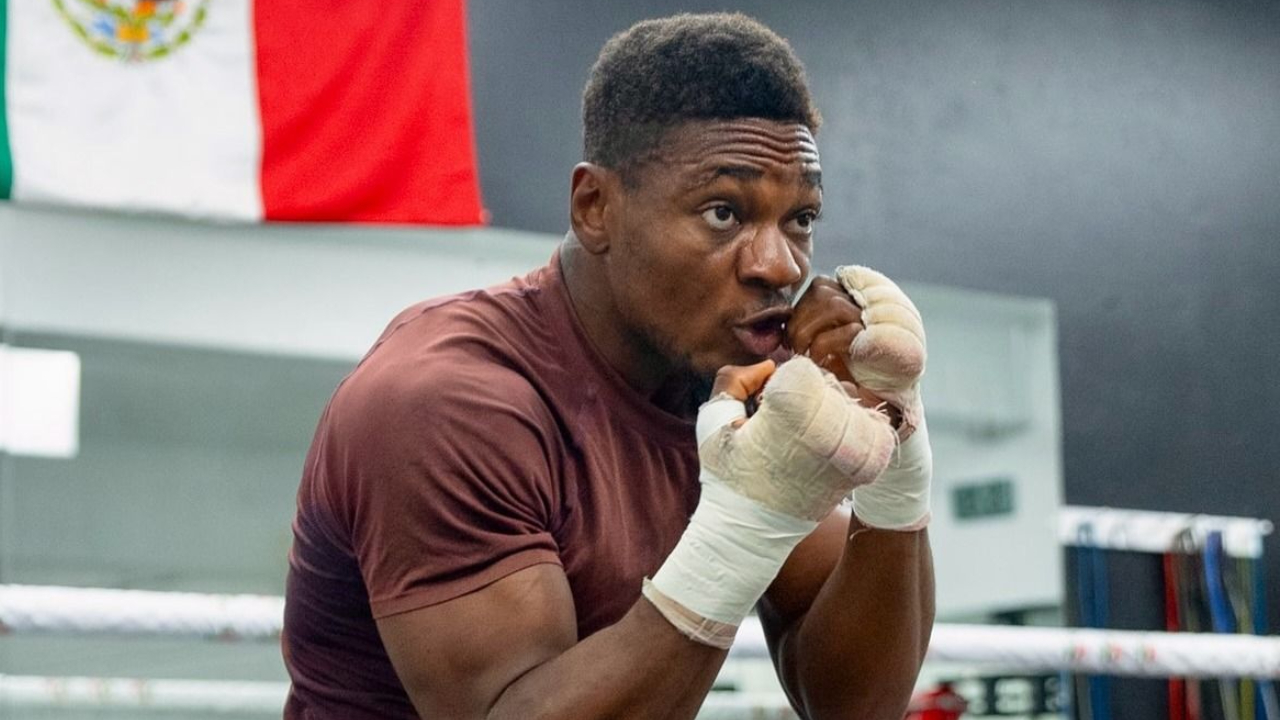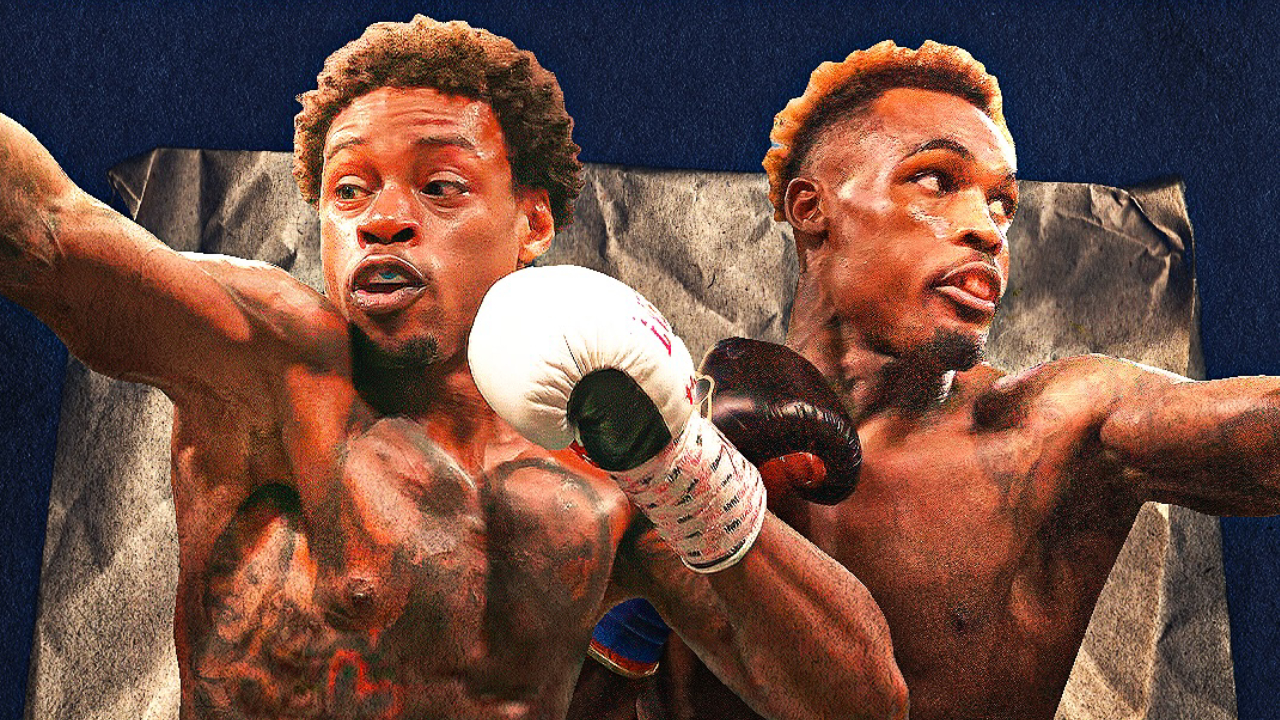We have entered the openly repressive phase of the Trump presidency. The administration has moved beyond verbal attacks on civil society. It is now deploying coercive force against civic organizations and their leaders. While the attacks may seem contained for now, they are likely to grow. Research on other cases of democratic backsliding suggests that once coercion begins, regardless of how limited at first, escalation follows.
In the months ahead, we should thus expect more, not less, government repression. To meet it, pro-democracy organizations, universities and law firms must bravely speak up against abuses of power while building the broadest possible coalition to stand up for fundamental rights. Community, labor and advocacy groups must also train their ranks in strategic nonviolence to resist provocations from the state and make repression backfire.
The evidence that coercion has started is abundant. Trump’s campaign promise was to use coercion primarily on undocumented immigrants. Since January, targets have multiplied. The administration began with brazen assertions of executive power to cow universities and law firms. Former FBI director James Comey and the New York attorney general, Letitia James, who tried to hold Trump to account, have been indicted (they are seeking to have the cases dismissed). The administration has designated “antifa” (a nonexistent organization) a “domestic terror” organization. National guard troops and other federal forces have been deployed in cities against the will of governors and mayors, leading to confrontations that become violent. All of this comes in addition to the turbo-charging of ICE, which is now using helicopters and chemical agents to raid communities. US citizens seen as obstructing ICE operations are being detained.
These escalations are a dire sign for democracy, which has always been about much more than elections. A healthy democracy protects and promotes civil society – civic associations, PTAs, business associations, universities and more – as a space for public dialogue, policy debate and resisting abuses of power. When the government begins to attack civil society, without due process, it is rolling back democracy.
The use of security forces to contain civil society is one of the clearest signs of democratic backsliding and is straight out of the authoritarian playbook.
In most cases of democratic backsliding, presidents don’t start out with the intention to repress massively. But they easily end up creating massive repressive machines. Vladimir Putin in Russia, Hugo Chávez in Venezuela and Recep Tayyip Erdoğan in Turkey are perfect examples. It is important to understand how these repressive machines grow.
The cycle typically begins when a leader articulates extreme policy goals designed to overhaul the system wholesale. Many times, these maximalist policy goals also come in a package of threat inflation. The president exaggerates the magnitude of some domestic danger. It could be crime, terrorism, corruption, even the wrong ideology. Suddenly, there is an existential scourge to fight. Extreme policies and threat inflation typically produce societal rejection (and admiration by supporters). The president then begins to see the rejection coming from sectors of society as more evidence of the threat they are obsessed with. The response is to boost the security apparatus even more. That step, of course, begets more societal resistance.
At this point, the country enters into an insecurity trap. The president begins to feel increasingly unsafe and more justified in deploying coercion. The state sees itself as the victim of societal attacks, rather than the instigator. A new logic emerges; the president’s goal expands. The new aim is to not only defeat the resistance, but also to protect the country’s own security forces. This leads the president to grant more impunity to his security forces, and of course, expand their mandate. What started out as an ambitious agenda for change escalates into coercive imposition. A machine designed to generate law and order easily morphs into an organization operating under lawlessness.
Putin, Chávez, and Erdoğan followed this pattern. All three started out as bold reformers and threat inflators, focusing on corruption and disintegration (Putin), Kurdish terrorism and secularism (Erdoğan), party collusion and capitalism (Chávez). They initially relied on the intelligence and law enforcement agencies inherited from the democratic era. But as power grabs expanded and protests escalated, culminating in the 2011 Bolotnaya protests in Russia, the 2007 student protests in Venezuela, and the 2013 Gezi Park protests in Turkey, plans changed. In Russia and Turkey, the old intelligence organizations (the federal security service and national intelligence organization, respectively) were fortified, personalized, and turned more secretive. In Venezuela, they were shut down (the intelligence agency know as Disip) and replaced with a meaner force (the Sebin). In addition, these regimes created supplementary security forces: Rosgvardiya in Russia in 2016, colectivos in Venezuela in the mid-2000s, and Sadat, a private paramilitary organization that works closely with the state to conduct security operations in Turkey. Soon, the focus shifted: intelligence and security forces were instructed to focus on all forms of opposition.
Trump could easily embark on a similar path. The Trump administration has advanced a litany of extreme policies in just nine months, ranging from gutting entire federal agencies and driving out hundreds of thousands of federal government workers to installing vaccine skeptics at major health agencies to moving to strip hundreds of thousands of immigrants of their legal status and trying to end birthright citizenship, which is guaranteed by the 14th amendment.
The attempt to push extremist policies leads to power concentration by the executive branch, along with bullying of institutions. Trump’s first administration moved in that direction, leading to protests. Trump tried to contain protests with democracy-era security institutions, but many of these organizations resisted Trump’s excesses.
In his second term, Trump came back with a bolder reform agenda (Project 2025) and a bolder plan to fortify a relatively new security apparatus, ICE. Wielding the threat of an animated base, he cowed party members who would otherwise have resisted these efforts. Even a US senator and federal judges have spoken openly about the fear they face.
Power concentration and bullying triggers civil society, and so the cycle begins. Protest in 2025 has far exceeded that in 2017, as scholar Erica Chenoweth’s Crowd Counting Consortium has shown. The No Kings march in June may have been the largest single-day protest in American history at the time. The October follow-up march was even bigger, with more than 2,700 protests across all 50 states.
We may be entering the stage where a cycle of repression begets more repression and the government opts to protect the security apparatus first. The most alarming sign is the administration sending troops to American cities with flimsy justification. This type of escalation is exacerbated when leaders empower non-state violent actors, something we saw Trump do most notably with the mass pardons of January 6 insurrectionists. Without a shift in direction, communities across the country could become powder kegs.
after newsletter promotion
In the face of such events, pro-democracy forces have to work doubly hard to remain above ground, avoid fragmentation, and mount an effective opposition. Both capitulation and extremism must be avoided. Capitulating can actually be self-harming. When the law firm Paul Weiss capitulated this year, it lost prominent clients and senior talent, while others that stood firm won their legal challenges and gained new business. Philanthropy has provided an even more encouraging example, with more than 700 charitable foundations joining together to publicly “unite in advance” of potential attacks on the sector. Actions like this help hold open the civic space that remains.
Community, labor and advocacy groups must also inoculate their members and the communities they represent for what’s coming. Most likely, the administration will be sending more federal troops to more cities to provoke more violence. In those cities, communities will need to be trained not just to organize, but also to engage in strategic nonviolence – maintaining the discipline not to be provoked into violence while bearing witness and taking action. We have seen powerful examples of that in Washington DC, where the group Free DC has undertaken brilliant ward-by-ward organizing to resist military occupation by training thousands of residents in these methods; in Chicago, where educators and parents have organized to accompany children home when federal agents attacked right outside their school; and in Portland, where protesters have used animal costumes and dance music to mock repressive forces. Efforts like these will need to spread rapidly.
Now that state repression is here, pro-democracy forces will need to continue to show their courage by speaking out and building the broadest possible coalition – both nationally and in cities and states under threat – to defend institutions and rights. This strong coalition must be complemented by widespread training in strategic nonviolence to effectively resist the provocations of the state.
What’s giving me hope now
Daniel: I am encouraged by the tens of thousands of people who have joined trainings on nonviolent strategic action since the beginning of the year, both online and in-person.
Javier: I am reassured by the many legal organizations and law firms (many of them quite small!) using the courts to try to defend rights and curb executive branch overreach.
-
Javier Corrales is Dwight W Morrow 1895 professor of political science at Amherst College. Daniel Altschuler is the managing director of the Freedom Together Foundation and holds a doctorate in politics from the University of Oxford.

.png) 3 hours ago
7
3 hours ago
7




